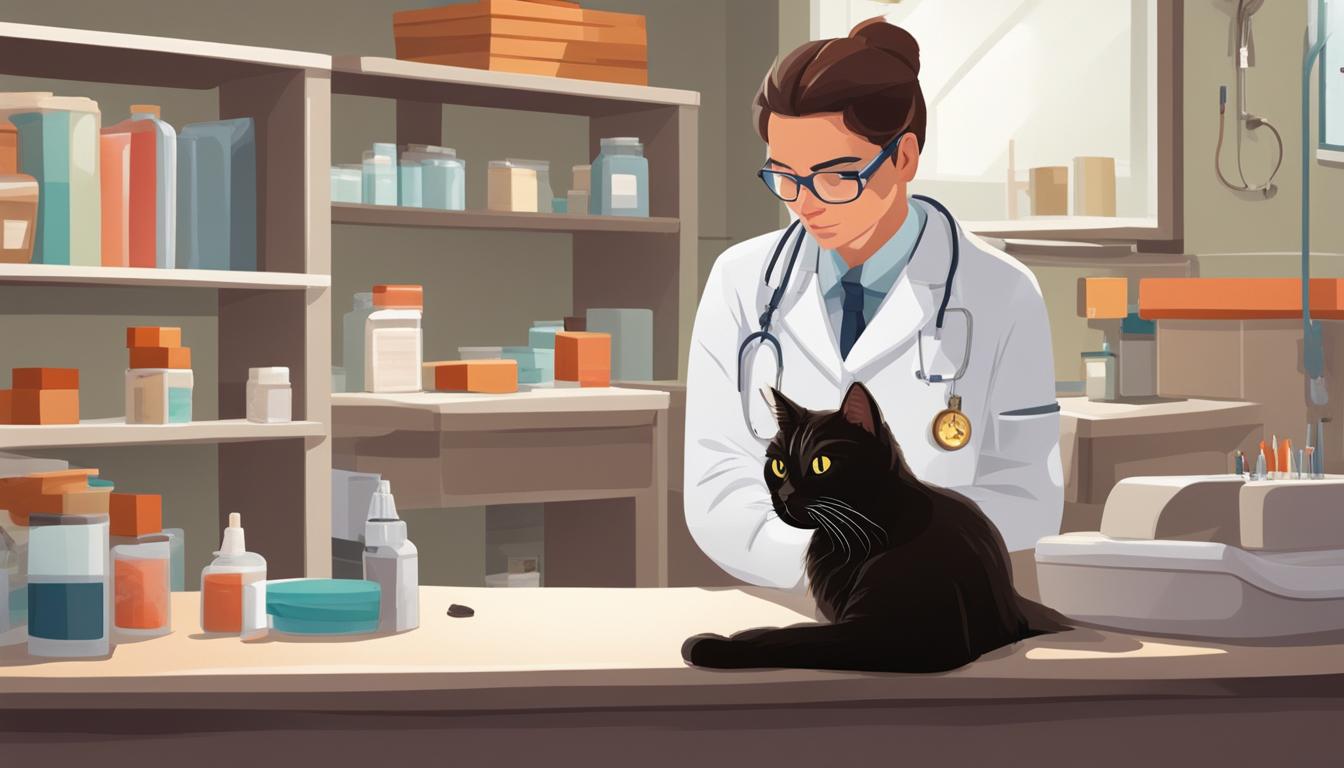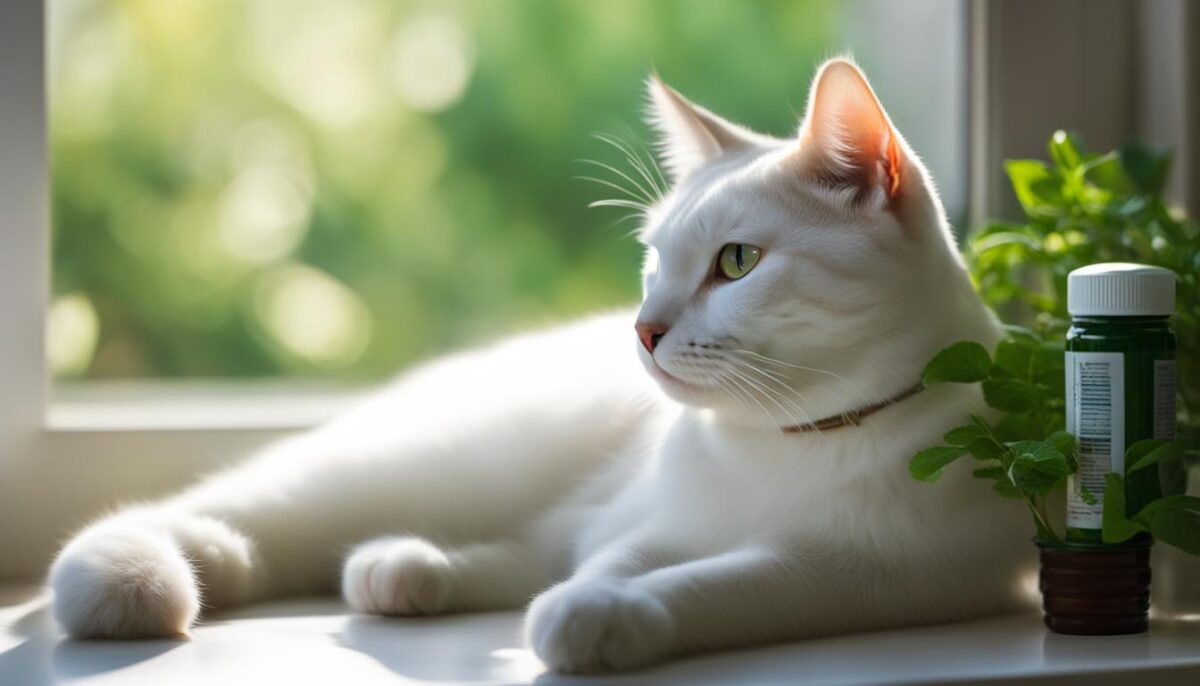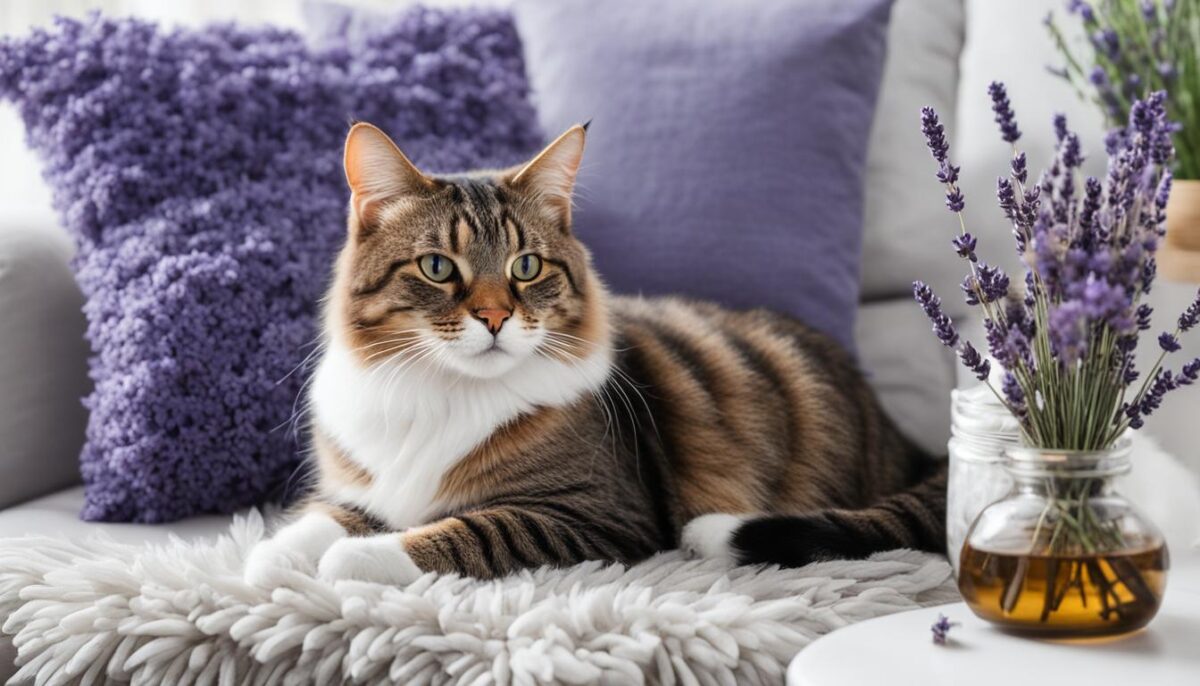Cats are special friends. Like you, they need check-ups at the vet to stay healthy. You can teach your cat that vet visits are okay. Training for the vet is like learning a fun game. With practice, your cat will learn to be calm during these trips. It can be easy to train a cat. You can start with a good carrier to make them feel safe. Little steps make a big difference for stress-free check-ups.
Key Takeaways
- Training helps your cat visit the vet without fear.
- A good carrier is the first step in vet visit preparation.
- Make the carrier a happy place for your cat.
- Give your cat treats to make training fun.
- Start early to help your cat learn better.
- Always be kind to help your cat feel safe.
Finding the Perfect Carrier for Safe and Stress-Free Travel
When you want to take your cat on a trip, you need the right cat carrier to keep them happy and safe. Let’s talk about how to pick a great carrier for your fur friend!
Choosing a Carrier That Feels Like Safe Space
Imagine a carrier that your cat thinks of as a cozy, safe spot, instead of a scary box. This kind of carrier has doors on the top and the front. It means your cat can get in and out really easily, which makes the whole thing less scary for them. It’s good to pick a top-loading carrier because it’s easier for you too!
The Benefits of a Removable Top Carrier
Some carriers have a top that you can take off. This is neat because you can pet your cat or give them treats without taking them all the way out. They can still feel safe in the bottom of the carrier. It makes things like vet visits and safe cat travel a lot easier and kinder for your furry buddy.
Why Familiar Bedding Matters for Your Cat’s Comfort
Lastly, don’t forget to make the carrier feel like home. You can do this by putting something that smells like them or you inside. This familiar bedding in the carrier helps your cat to feel relaxed. They think, “Ah, this smells like my favorite nap spot!” And just like that, travel time becomes naptime in a box on the go!
How to Train a Cat for Vet Visits
When you need to take your kitty to the vet, starting with the right cat training can make a big difference. Let’s make vet visits a breeze for both of you!
Making the Carrier an Inviting Place
Does your cat run the other way when they see their carrier? We can change that! Try putting a soft blanket inside the carrier. You can also add some favorite cat treats and toys to make it feel like a fun and comfy place. With some love and patience, your cat will start to think of the carrier as their cozy hangout spot.
Acclimating Your Cat to the Carrier with Positive Reinforcement
Now, let’s talk about the magic of positive reinforcement. This means every time your cat does something good, like going into the carrier, they get a yummy treat. This way, they’ll learn that the carrier is a place where good things happen. It’s like if someone gave you ice cream for reading a book – wouldn’t you want to read more books?
The Importance of Regular, Positive Carrier Experiences
Try to use the carrier for fun things, not just for vet visits. Let your cat nap or eat in the carrier, so they know it’s not always about going to the vet. The more often they hang out in the carrier, the more they’ll understand it’s a safe place. With regular positive experiences, your cat’s trips to the vet can become a lot less scary.
Remember, training takes time but stick with it. Soon your furry friend will be a pro at visiting the vet stress-free!
Easing Your Cat’s Anxiety Before The Vet Visit
Has your kitty been feeling worried? Cat anxiety is not fun for our furry friends. If you see your cat getting nervous, you might want to try calming supplements to help them feel better. Sometimes, anxiety medication for cats can make a vet visit less scary. Let’s talk about how to minimize stress for cats!
First, ask your vet what you can give your cat. They know lots of things that could help. There’s a medicine called Gabapentin that might make your cat feel more relaxed. Your cat is good at hiding if they’re scared, but you can help them.
Remember! Cats can get more worried every time they go to the vet if they’re already scared. But small things can make a big difference to make them feel safe and happier.
- Start with a cozy carrier with their favorite blanket inside.
- Use a plugin diffuser with soothing scents at home.
- Give them some calming treats that have stuff in them to make them feel peaceful.
Here’s a list of calming things that other pet owners like to use:
| Type of Calming Aid | Brand | How It Helps |
|---|---|---|
| Diffuser | Feliway | Spreads comforting scents |
| Supplement Treats | Composure | Makes cats feel calm with special ingredients |
| Medicine | Gabapentin | Helps your cat chill out for vet visits |
Try the ideas on this list and see what makes your cat happy. They might like one kind of calming treat or feel better with the diffuser on. Each cat is special, so find what works best for yours.
Creating a Calming Routine on Vet Day
When it’s vet visit day, you want your furry friend to feel at ease. A calming routine can make all the difference. Before you even leave the house, there’s plenty you can do to help your cat stay relaxed.
Pheromone Sprays: Do They Work?
Have you heard of pheromone spray like Feliway? It’s like a special scent that helps cats feel safe and snug. Spraying it in their carrier or car can help them chill out on the way to the vet.
Tips for a Smoother Car Ride
Taking a car ride with your cat doesn’t have to be stressful. Cover their carrier with a cozy blanket to block out scary sights. This way, they can have a little hideout that feels safe.
Communicating with Your Vet for a Stress-Free Visit
Talking with your vet is super important. Tell them all about your cat’s likes and dislikes, so they know just what to do to keep your kitty calm.
| What to Do | Why It Helps | When to Do It |
|---|---|---|
| Use pheromone spray | Makes your cat feel in a familiar place | Before getting your cat into the carrier |
| Cover the carrier with a blanket | Reduces scary sights | During the car ride |
| Avoid feeding before travel | Prevents an upset tummy | A couple of hours before leaving |
| Talk to the vet | Helps the vet treat your cat the best way | At the start of the visit |
Conclusion
As you help your cat get used to vet visits, you’re doing more than just taking them for check-ups. You’re helping your cat’s health and well-being get better. It’s just like when you learn to ride a bike with no hands – it takes practice, but soon it feels normal. With things like teaching your cat that the carrier is a fun place and giving treats for good behavior, your vet trips can become good times instead of tough times.
Imagine your cat’s carrier as their personal cozy room. When it feels like home, they’ll step into it easily. And that makes every ride to the vet much happier. Using sprays that smell good to cats can also calm them down. All these steps add up, and they mean that you and your furry friend can look after their health together, just like teammates.
Having a cat means you have a friend who may not always say it, but they trust you. Every time you make a vet visit better, you’re saying, “I’ve got your back.” So, keep showing your cat that visiting the vet is okay, because it’s all about making sure they stay happy and healthy for all the purring and playtime that you love.
FAQ
How can I train my cat for vet visits to ensure they are stress-free?
Start by making the carrier an inviting space with cozy bedding and familiar scents. Introduce positive reinforcement by offering treats and toys, and try to create positive associations by using the carrier regularly. Gradually acclimate your cat to car travel and use calming supplements or pheromone sprays as needed.
What kind of carrier is best for safe and comfortable travel to the vet?
Choose a carrier that your cat perceives as a safe space, such as one with a removable top and both top and front openings. This allows for easy access and helps reduce stress during insertion and removal. Ensure it is well-ventilated and has space for comfortable bedding.
Can pheromone sprays really help calm my cat for vet visits?
Yes, pheromone sprays like Feliway can mimic the calming pheromones cats produce naturally, creating a sense of familiarity and security. Spraying it inside the carrier and inside the car can help lower anxiety levels during travel and vet visits.
Should I feed my cat before a vet visit?
It’s best to avoid feeding your cat right before a vet visit to prevent motion sickness. However, ensure they have access to water and consider rewarding them with treats for good behavior during and after the visit as part of positive reinforcement training.
How do I communicate with my vet to make the visit as stress-free as possible for my cat?
Provide your vet with detailed information about your cat’s usual behavior, any signs of anxiety you have noticed, and what calms them. Share your cat’s medical history and any concerns you have to ensure your vet can tailor the visit to your cat’s needs.
Are there any calming supplements you recommend for cats with severe anxiety about vet visits?
Consult with your vet about whether calming supplements or anti-anxiety medications like Gabapentin are suitable for your cat. These can help relax your pet and make the process more manageable for them. Your vet can advise the best options based on your cat’s specific needs and health history.
What does positive reinforcement mean when training my cat for vet visits?
Positive reinforcement involves rewarding your cat for desirable behaviors, like staying calm inside the carrier or being cooperative. Use treats, praise, or toys to reinforce these positive actions, which can encourage your cat to repeat the behavior in the future.
Why does familiar bedding matter when using a carrier for vet visits?
Familiar bedding in the carrier can help your cat feel more at ease because it has their scent, making the carrier seem like an extension of their home environment. This can significantly reduce stress during transportation to the vet.
What if my cat is too anxious to get into the carrier?
If your cat resists getting into the carrier, start by placing it in a common area with the door open, encouraging exploration with treats and toys. Gradually increase the time your cat spends in the carrier, and use calming sprays or seek vet advice for additional guidance on reducing anxiety.
How can I prevent my cat from associating the carrier only with vet visits?
Use the carrier for more than just vet visits. Let your cat nap, play, and eat in the carrier on a regular basis. This changes the carrier’s association from a negative one, solely linked to vet visits, to a normal part of their daily routine.


